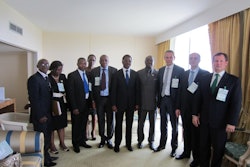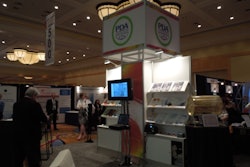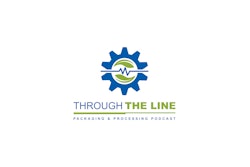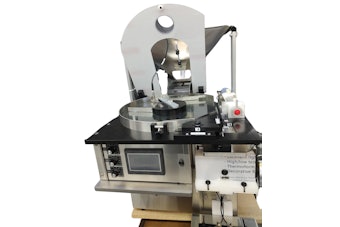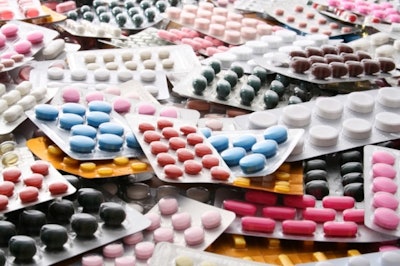
Generic drug growth has been fueled in large part by patent expirations and cost issues. But "health payers have been putting pressure on the [generic drug] sector to squeeze margins even tighter. While five-year growth is forecast, increasing demand and lower margins are just two of the issues the sector must grapple with," according to business intelligence service provider Espicom's new report, "The World Generic Market Report".
Espicom Business Intelligence publishes medical and pharmaceutical market analysis. The new market report predicts that leading global generic drug markets will grow to U.S.$221 billion by 2016. It forecasts U.S. generic growth to rise to US$104.1 billion by 2016, "due to expiry of patents on major drugs such as Lipitor and Zyprexa, increased pressure for generic use from Medicare drug plans, and the gradual emergence of the biosimilar market."
Espicom says, "Government efforts to promote and reward expanded generic use should continue to pay off, notably in France and Japan. The Swiss market is also performing strongly, although it is limited in size by the country's small population.
"Not all will do so well principally due to price cuts in the face of the economic downturn; this can be specifically seen in the Eurozone economies, even Germany, where drug tendering is having a major effect on prices. To a lesser extent it is also the case in the U.K., which has one of the most competitive generic markets in the world.
"The response in the generic industry has been to continue to pursue growth through merger, acquisition, and, increasingly, collaborative working with the branded industry. Equally interesting has been the activity around the branded and generic companies."
Andrew Crofts, senior health analyst at Espicom and the report's co-author, notes, "The generic drugs business is being squeezed. The effects of the recession have put pressure on prices that were, in any event, marginal. In the future the increasing number of biosimilars losing patent protection will only offer potential to a relatively small number of companies who have the time and resources to leap the regulatory hurdles. The trend towards a rationalized market more in step, rather in court, with the branded industry is set to continue."
Published March 8, 2012, the 648-page report is available online, by e-mail, and in paper form. Its listed single-user price is £795 / $1390 / •‚¬995.
Espicom Business Intelligence publishes medical and pharmaceutical market analysis. The new market report predicts that leading global generic drug markets will grow to U.S.$221 billion by 2016. It forecasts U.S. generic growth to rise to US$104.1 billion by 2016, "due to expiry of patents on major drugs such as Lipitor and Zyprexa, increased pressure for generic use from Medicare drug plans, and the gradual emergence of the biosimilar market."
Espicom says, "Government efforts to promote and reward expanded generic use should continue to pay off, notably in France and Japan. The Swiss market is also performing strongly, although it is limited in size by the country's small population.
"Not all will do so well principally due to price cuts in the face of the economic downturn; this can be specifically seen in the Eurozone economies, even Germany, where drug tendering is having a major effect on prices. To a lesser extent it is also the case in the U.K., which has one of the most competitive generic markets in the world.
"The response in the generic industry has been to continue to pursue growth through merger, acquisition, and, increasingly, collaborative working with the branded industry. Equally interesting has been the activity around the branded and generic companies."
Andrew Crofts, senior health analyst at Espicom and the report's co-author, notes, "The generic drugs business is being squeezed. The effects of the recession have put pressure on prices that were, in any event, marginal. In the future the increasing number of biosimilars losing patent protection will only offer potential to a relatively small number of companies who have the time and resources to leap the regulatory hurdles. The trend towards a rationalized market more in step, rather in court, with the branded industry is set to continue."
Published March 8, 2012, the 648-page report is available online, by e-mail, and in paper form. Its listed single-user price is £795 / $1390 / •‚¬995.




